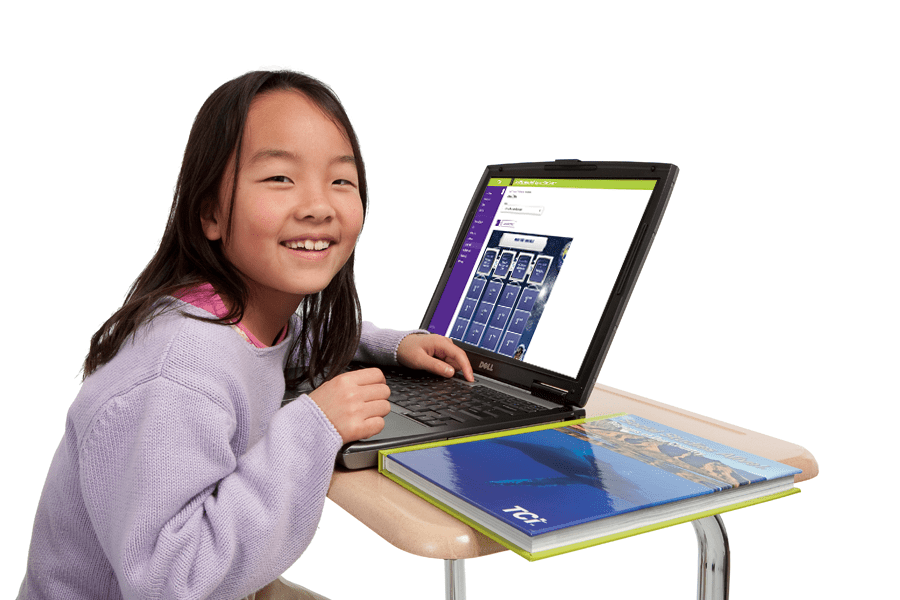
Depending on which blended learning model a school uses and how it’s implemented, these methods could improve accessibility, encourage more individualized instructional support, and improve student engagement. Specific benefits will require careful support for administrators, educators, and students as they transition to new learning experiences.
Access
Leveraging online learning stations in certain blended models allows students to log on at home, provided they have access to the appropriate technology and a suitable internet connection. In this way, educators can help students stay on track to achieve desired learning outcomes when in-person attendance is not feasible — for entire populations or for individual students.
This example is perhaps best illustrated by the massive transition to new educational techniques that took place during the COVID-19 pandemic. Seemingly overnight, school districts across the country, and throughout the world, had to reimagine their educational strategies. Those that had already adopted blending learning models worked on updating the face-to-face components of their instructional methodologies to make them available online.
Many other schools sought to quickly implement new blended learning techniques that allowed for greater self-guided student exploration.
Transition measures for returning to in-school instruction may drive some institutions to rely more heavily on blended learning models in order to comply with social distancing guidelines.
Even in times of greater certainty and lower public health risks, leveraging blended learning models, in whole or in part, can help ensure that students do not miss out when they are not able to physically attend school in person. In fact, given appropriate institutional support, 82% of teachers said they thought that high-quality virtual instruction was achievable, according to a recent survey from The Harris Poll.
Personalization
Blended learning models give students the opportunity to benefit from personalized learning experiences.
In flipped classrooms and enhanced virtual models, as well as in individual rotation configurations, teachers are relieved from the obligation of having to devote too much time to whole-class lectures. Instead, they can focus more on targeted interventions, enrichment activities, small group projects, and even tutoring support. These goals can be achieved in person or online, depending on the needs of the educational institution.
When paired with meaningful data provided by assessments and from reviewing the results of independent learning activities, educators can provide enhanced support that helps address specific student misconceptions.
Likewise, a la carte and flex models allow for greater personalization in terms of the content that students are able to explore as well as the pace at which they learn. Students may also gravitate toward specific learning strategies more than others. Learners will have the latitude they need to spend more time on the activities they find most helpful.
Student Control
Heightened levels of ownership over the educational environment may be useful for promoting active learning. When students feel like they’re in control, at least to a certain extent, of how they access information and study new concepts, they may be more invested in the process. In this way, students learn to invest in their own education — not to simply comply with the expectations of their teachers and parents.
A la carte models augment the foundational courses offered in the student’s home school with interesting and challenging class options available online. This can present an immense advantage for students of all ages. In particular, high school students preparing for college may appreciate the flexibility.
For example, not all schools offer Advanced Placement (AP) courses, and few have the resources on hand to provide students with access to every AP offering. When students are able to take the AP classes of their choosing, though, the results can be quite impressive.
For example, the College Board recently reported that students who took AP Computer Science Principles were more than 3 times as likely to pursue a computer science major as those who didn’t take the class. This finding was largely repeated among various groups of learners, including Black and Hispanic students, girls, and first-generation college students. This result has implications for understanding how we can improve our efforts to diversify fields related to science, technology, engineering, and math (STEM).
So, what happens if your school doesn’t offer a particular AP class? Borrowing elements of an a la carte model can help students benefit from courses that they wouldn’t otherwise be able to take.


